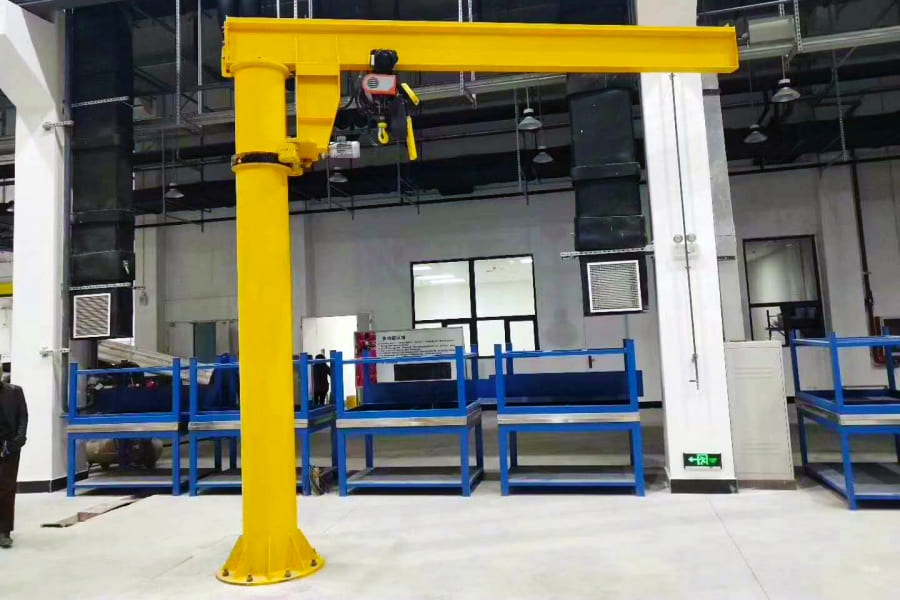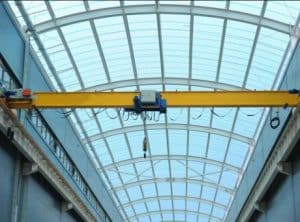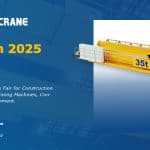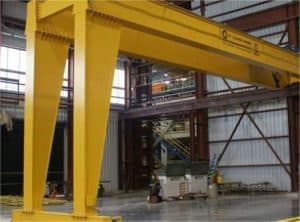Electric jib cranes are usually equipped with a variety of safety devices to ensure safety during lifting. The following are some common safety devices:
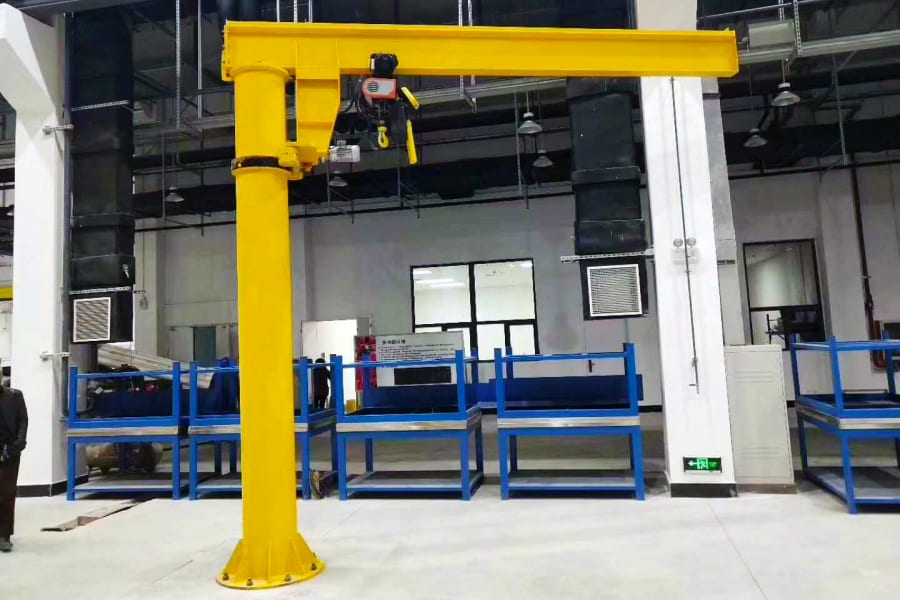
Heavy load protection device: it is used to monitor the load of the crane and issue a warning or stop the crane operation when the load exceeds the rated value, so as to prevent accidents caused by overloading.
Limiter: Used to control the movement range of the jib. When the jib reaches the set up and down position, the limiter will trigger and stop the movement of the jib to avoid exceeding the safety range.
Anti-collision device: by utilizing technology such as sensors or lasers to monitor obstacles or other cranes around the crane, once a potential risk of collision is detected, the anti-collision device will trigger an alarm or stop the crane’s operation to carry out the work in an orderly manner. To avoid collision accidents.
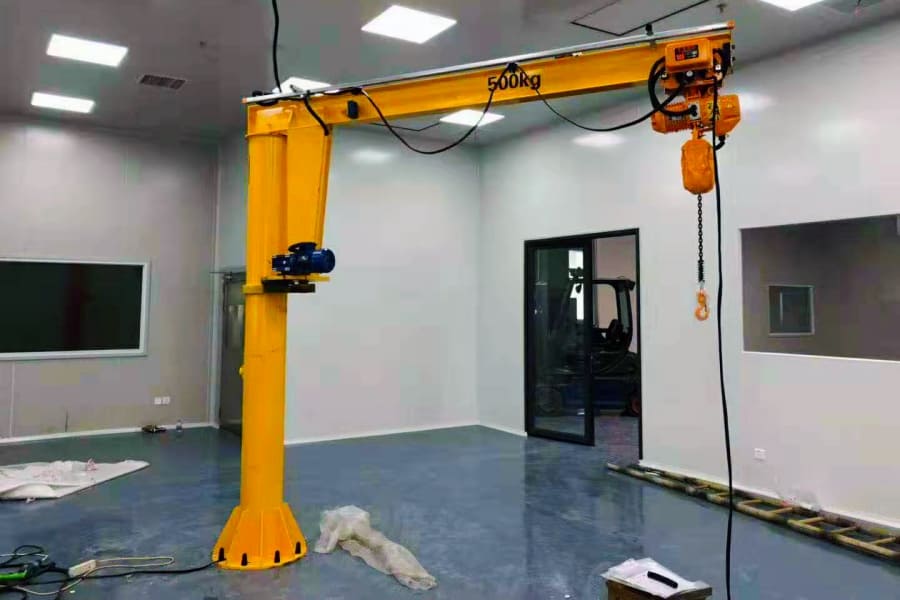
Emergency Stop Button: Cranes are usually equipped with an emergency stop button, so that when an emergency or danger occurs, the operator can immediately press the emergency stop button in order to quickly stop the crane’s operation.
Safety locking device: Used to ensure the safety of the crane under specific operating conditions, such as locking the lifting arm or rotating mechanism to prevent accidental movement or rotation.
Alarm systems: Cranes are usually equipped with audible and visual alarms or warning lights, which are used to provide warning signals to surrounding personnel to ensure that they are aware of the crane’s operating status and potential hazards.
The specific configuration and function of these safety devices may vary depending on the model and manufacturer of the electric jib crane. When using an electric jib crane, you should operate it in strict accordance with the operation manual and relevant safety codes, and ensure that these safety devices are properly operated and maintained.








